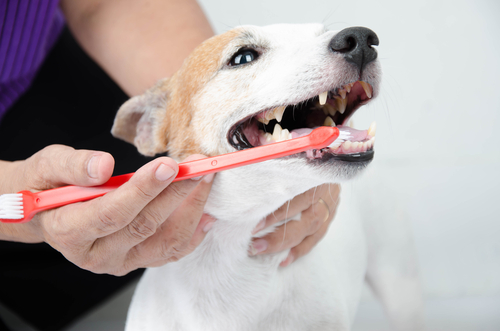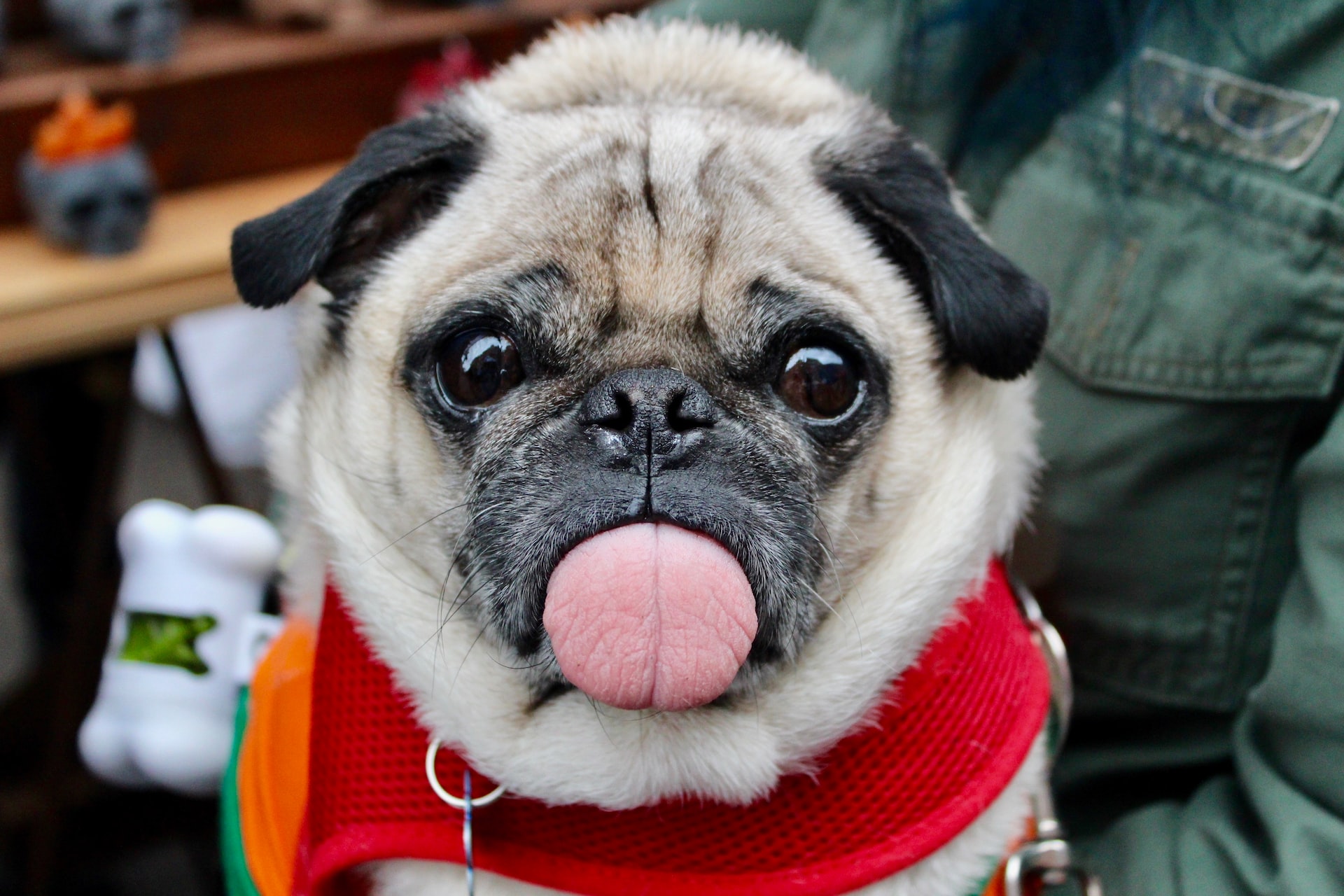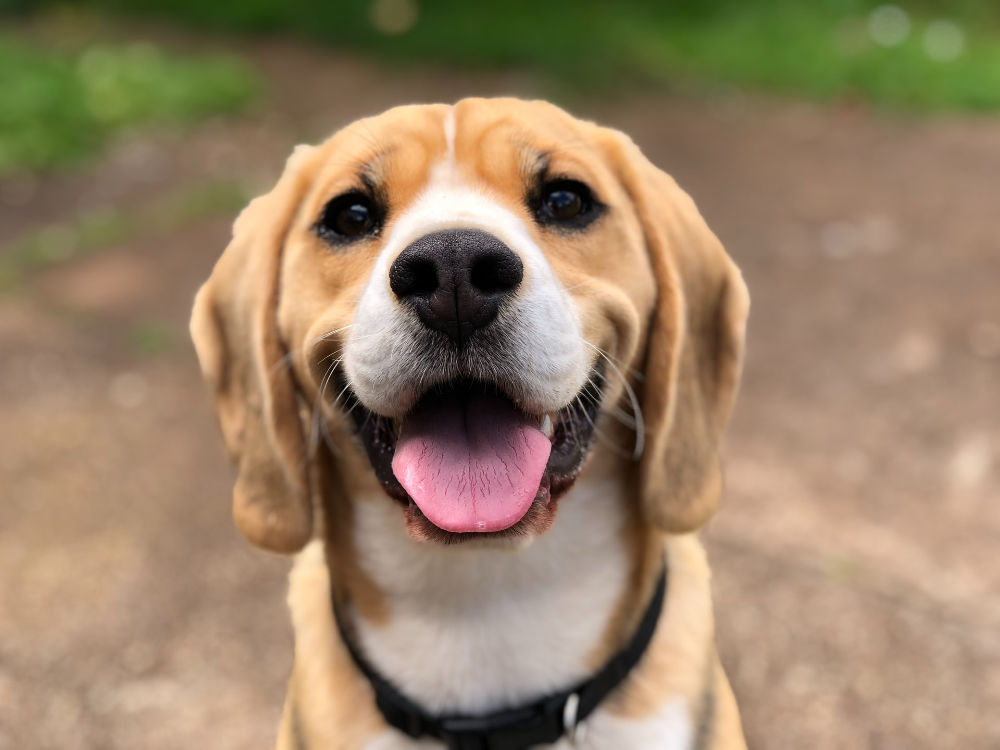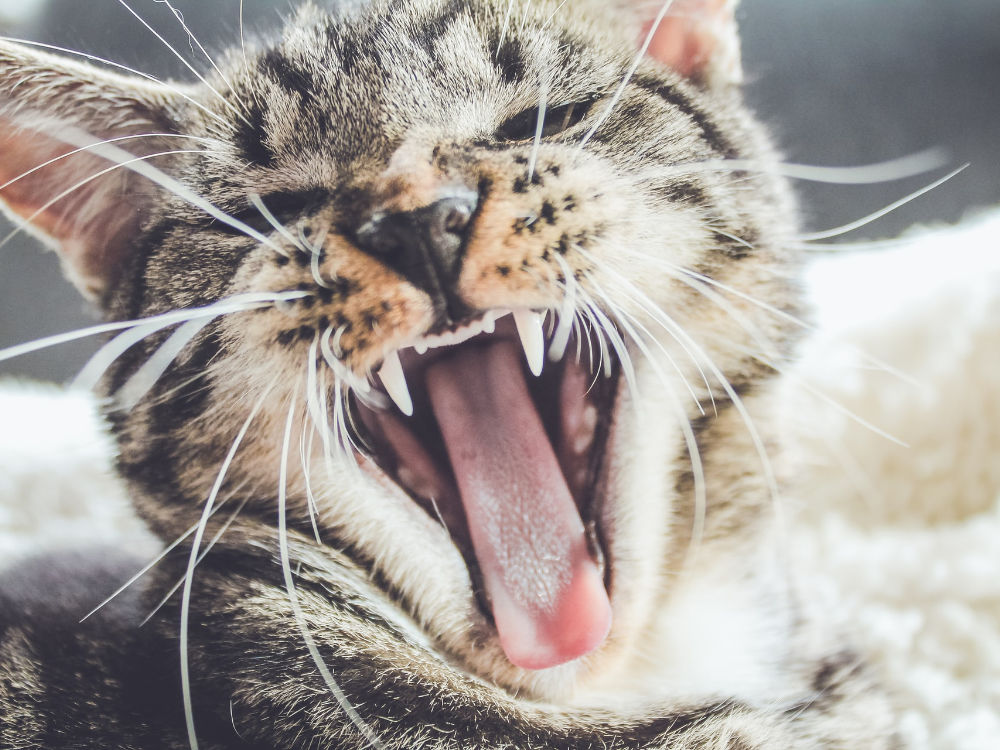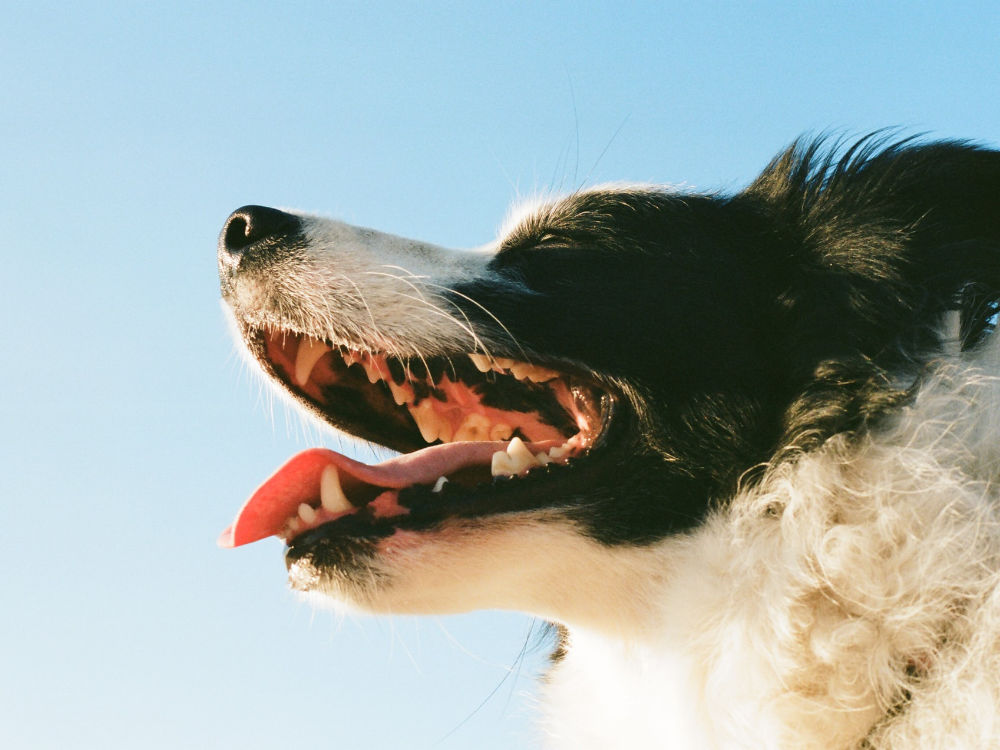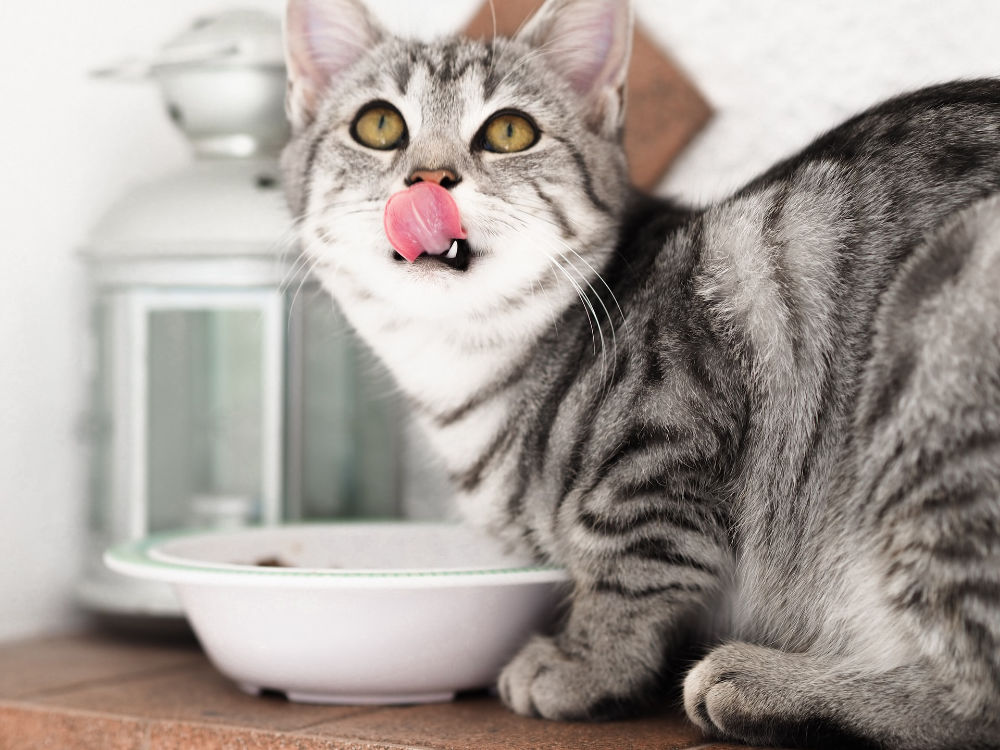Oral Home Care Recommendations for Dogs & Cats
Most veterinarians agree that oral home care is vital for maintaining a healthy oral cavity. Oral home care will minimize the need for extraction therapy and prolonged oral surgery. Breed and genetics play a role in oral health and a predisposition for periodontal disease....


